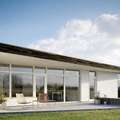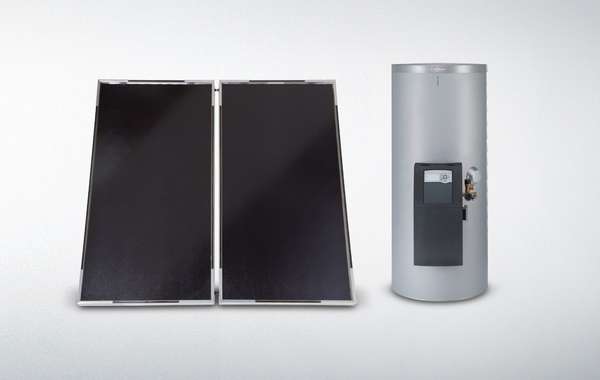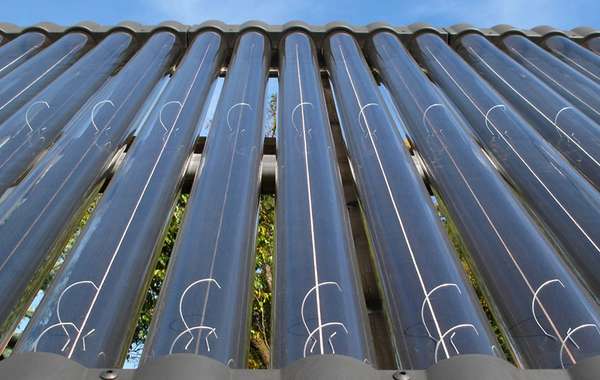A solar igloo at first sounds counterintuitive, but contrast is at the heart of this design concept created by the L. McComber architectural team for Montreal's Igloofest. The solar igloo known as 'Celsius' can be visited free of charge until February 19th at the now famous Igloofest in the Old Port of Montreal.
We were fortunate enough to have a talk with the designer, Laurent McComber (L. McC.). Here are some questions and answers from that conversation -
Us: Where did this unusual idea come from?
L. McC: Along with six other architectural and design firms, we were invited by Igloofest to build in the Nordik Village and represent our vision of a temporary winter home. The idea that ensued emerged as a team effort. We wanted to create a quiet and silent space to escape the buzz of the city and the festival.
Us: So what exactly is Celsius, the solar igloo?
L. McC: Celsius is a contemporary interpretation of the traditional Inuit shelter, with solar power used to provide the energy needed to heat and illuminate the igloo..
 |
|
|
Us: Can you describe the igloo?
L. McC: Sure, the walls are comprised of a light wooden frame covered with a matt black air barrier. In contrast, the completely white interior mimics the traditional and very efficient form of the igloo. Interior walls are composed of white cloth supported by a thin steel structure.
Us: Are we correct in assuming the notion of contrast is at the heart of this?
L. McC: Yes. When you enter the igloo you pass from black to white, from cold to warm, from noisy to silent. The interior atmosphere is warm and comfortable, which is radically different from the perception you get looking at it from the outside.
Us: Tell us about this inner atmosphere.
L. McC: Celsius seeks to reproduce the soothing effect and introspective environment that you find in the interior of an igloo. Superior insulation with contemporary techniques and materials not only influences building performance, but brings comfort and well-being as well.
 |
|
© L. McComber – architecture vivante
|
Us: What is Celsius insulated with?
L. McC: The igloo is insulated from the noise and cold by 10,000 pounds of recovered clothing loaned to us for the event. The key to its performance is the continuity of the vapor barrier (interior) and the air barrier (exterior).
Us: How is the sun used to heat and power the igloo?
L. McC: Recessed in the south wall are solar air heating panels that capture the heat of the sun during the day and store it in the thermal mass bench which then radiates heat at night. On the roof are photovoltaic cells that charge batteries which then powers interior lights and the outdoor LED display .
 |
|
© Raphaël Thibodeau
|
Us: Is this shelter a first in Québec?
L. McC: There are buildings that are heated with solar power in Quebec, but they are almost all private residences. The originality of this project stems from the fact that it is an artistic installation open to the public. This is an experimental project made with limited means, and with the help of several partners. The objective was to raise awareness and demonstrate the potential for solar energy in northern climates.
Us: Hence the name of the Celsius project?
L. McC: Yes! The name reflects the basic idea of providing a naturally heated indoor environment in contrast to the icy cold from the outside.
Again, the Celsius solar igloo can be visited at Igloofest, at the Quai Jacques-Cartier in the Old Port of Montreal until Sunday, February 19th.
To learn more about :
 |
|
© Raphaël Thibodeau
|





























Comments (0)
Sign Up to Comment